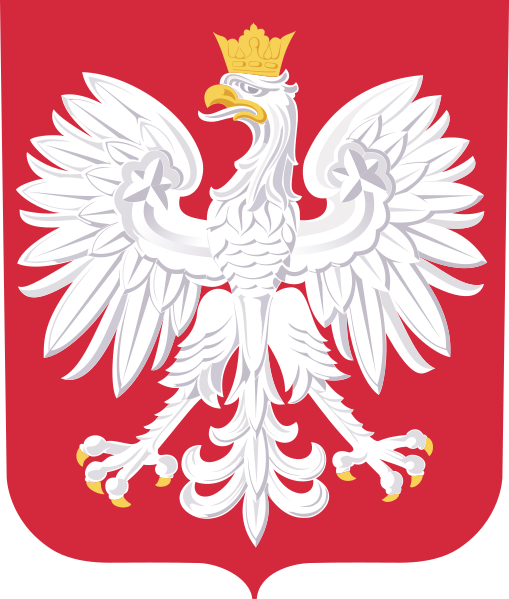Online first
Current issue
Archive
Most cited 2025
About the Journal
Editorial Board
Editorial Office
Copyright and self-archiving policy
Information clause on the processing of personal data
Conflict of interest and informed consent
Declaration of accessibility
Instructions for Authors
Instructions for Reviewers
Contact
Reviewers
2024
2023
2022
2021
2020
2019
2018
2017
2015
2016
2014
2013
Editing and translations
ORIGINAL PAPER
Psychosocial work stress, leisure time physical exercise and the risk of chronic pain in the neck/shoulders: Longitudinal data from the Norwegian HUNT Study
1
Norwegian University of Science and Technology, Trondheim, Norway
(Department of Public Health and General Practice)
2
National Research Centre for the Working Environment, Copenhagen, Denmark
Corresponding author
Paul Jarle Mork
Norwegian University of Science and Technology, Department of Public Health and General Practice, Håkon Jarls gate 11, N-7491 Trondheim, Norway
Norwegian University of Science and Technology, Department of Public Health and General Practice, Håkon Jarls gate 11, N-7491 Trondheim, Norway
Int J Occup Med Environ Health. 2016;29(4):585-95
KEYWORDS
TOPICS
ABSTRACT
Objectives: To prospectively investigate if the risk of chronic neck/shoulder pain is associated with work stress and job control, and to assess if physical exercise modifies these associations. Material and Methods: The study population comprised
29 496 vocationally active women and men in the Norwegian Nord-Trøndelag Health Study (HUNT Study) without
chronic pain at baseline in 1984–1986. Chronic neck/shoulder pain was assessed during a follow-up in 1995–1997. A generalized
linear model (Poisson regression) was used to calculate adjusted relative risks (RRs). Results: Work stress was dosedependently
associated with the risk of neck/shoulder pain (ptrend < 0.001 in both sexes). The women and men who perceived
their work as stressful “almost all the time” had multi-adjusted RRs = 1.27 (95% confidence interval (CI): 1.1–1.47)
and 1.71 (95% CI: 1.46–2), respectively, referencing those with no stressful work. Work stress interacted with sex (p < 0.001).
Poor job control was not associated with the risk of neck/shoulder pain among the women (RR = 1.04, 95% CI: 0.92–1.19)
nor the men (RR = 1.09, 95% CI: 0.95–1.26). Combined analyses showed an inverse dose-dependent association between
hours of physical exercise/week and the risk of neck/shoulder pain in the men with no stressful work (ptrend = 0.05) and
among the men who perceived their work as “rarely stressful” (ptrend < 0.02). This effect was not statistically significant
among the women or among men with more frequent exposure to work stress. Conclusions: Work stress is an independent
predictor of chronic neck/shoulder pain and the effect is stronger in men than in women. Physical exercise does not substantially
reduce the risk among the persons with frequent exposure to work stress.
Share
RELATED ARTICLE
We process personal data collected when visiting the website. The function of obtaining information about users and their behavior is carried out by voluntarily entered information in forms and saving cookies in end devices. Data, including cookies, are used to provide services, improve the user experience and to analyze the traffic in accordance with the Privacy policy. Data are also collected and processed by Google Analytics tool (more).
You can change cookies settings in your browser. Restricted use of cookies in the browser configuration may affect some functionalities of the website.
You can change cookies settings in your browser. Restricted use of cookies in the browser configuration may affect some functionalities of the website.




